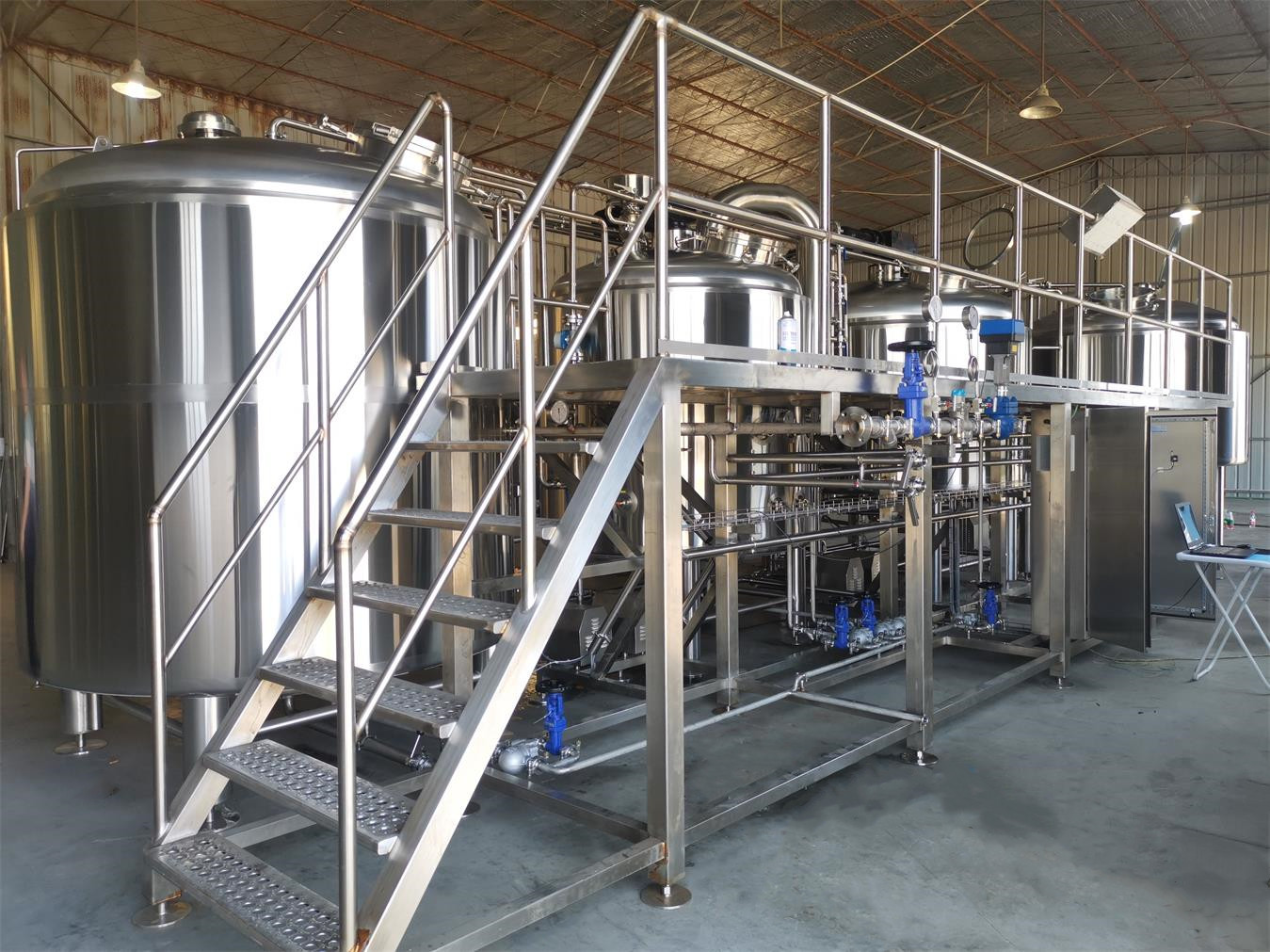How to choose brewery tanks
Brewing beer is an art, a science, and, for many, a passion. The heart of this process? Brewery tanks. Whether you’re a homebrewer or the mastermind behind a bustling craft brewery, understanding brewery tanks is essential. These tanks aren’t just big containers; they’re purpose-built vessels that influence every pint of beer you sip.
Overview of the Importance of Brewery Tanks
Think of brewery tanks as the backbone of the brewing process. They are to brewers what canvases are to painters. Without them, creating a consistent, high-quality beer would be nearly impossible. Brewery tanks allow precise control over every stage of brewing—from fermentation to storage and everything in between. They help maintain optimal conditions, such as temperature and pressure, ensuring the beer develops its intended flavors and characteristics. In short, brewery tanks are where the magic happens.

The Role of Brewery Tanks in Different Stages of Brewing
Each stage of beer production requires a specific type of tank, each with its unique purpose:
1. Fermentation
This is where yeast works its magic, converting sugars into alcohol and carbon dioxide. Fermentation tanks are designed to maintain precise temperatures and pressure, which are critical for flavor development. Cylindroconical tanks, with their cone-shaped bottoms, are especially popular because they allow for easy removal of yeast and sediments.
2. Maturation and Conditioning
Once fermentation is complete, the beer needs time to mature. This stage allows flavors to meld and develop. Conditioning tanks ensure that the beer achieves the desired carbonation and clarity before it’s packaged.
3. Storage
Before the beer is bottled, canned, or kegged, it’s stored in bright tanks. These tanks are designed to hold the finished product under controlled conditions, ensuring it’s ready for distribution and consumption.
Types of Brewery Tanks
When it comes to brewery tanks, variety is the name of the game. Here are some common types:
- Fermentation Tanks: For the primary fermentation process.
- Bright Beer Tanks: For final storage and carbonation.
- Conditioning Tanks: Used to mature and stabilize the beer.
- Mash Tuns: Where malt is mixed with water to extract sugars.
- Lauter Tuns: Used to separate the liquid wort from spent grains.
- Kettle/Boil Tanks: For boiling the wort and adding hops.
Each tank plays a pivotal role in shaping the beer’s final taste and quality.
Materials and Construction of Brewery Tanks
The materials and construction of brewery tanks significantly impact their performance and durability. Here’s a detailed look:
| Material | Advantages | Disadvantages |
|---|---|---|
| Stainless Steel | Durable, corrosion-resistant, easy to clean, and maintains flavor integrity. | Higher initial cost. |
| Copper | Excellent heat conductivity and aesthetic appeal. | Prone to corrosion and requires regular maintenance. |
| Aluminum | Lightweight and affordable. | Susceptible to corrosion and may impact beer flavor. |
| Glass-lined Steel | Prevents metal contact with beer, ideal for specialty brewing. | Fragile and costly to repair if damaged. |
Construction Details
- Welded Joints: Ensure durability and hygiene by preventing contamination.
- Insulated Walls: Help maintain precise temperatures.
- Agitators and Mixers: Enhance efficiency in mash and wort preparation.
- Pressure-Relief Valves: Critical for fermentation and carbonation stages.
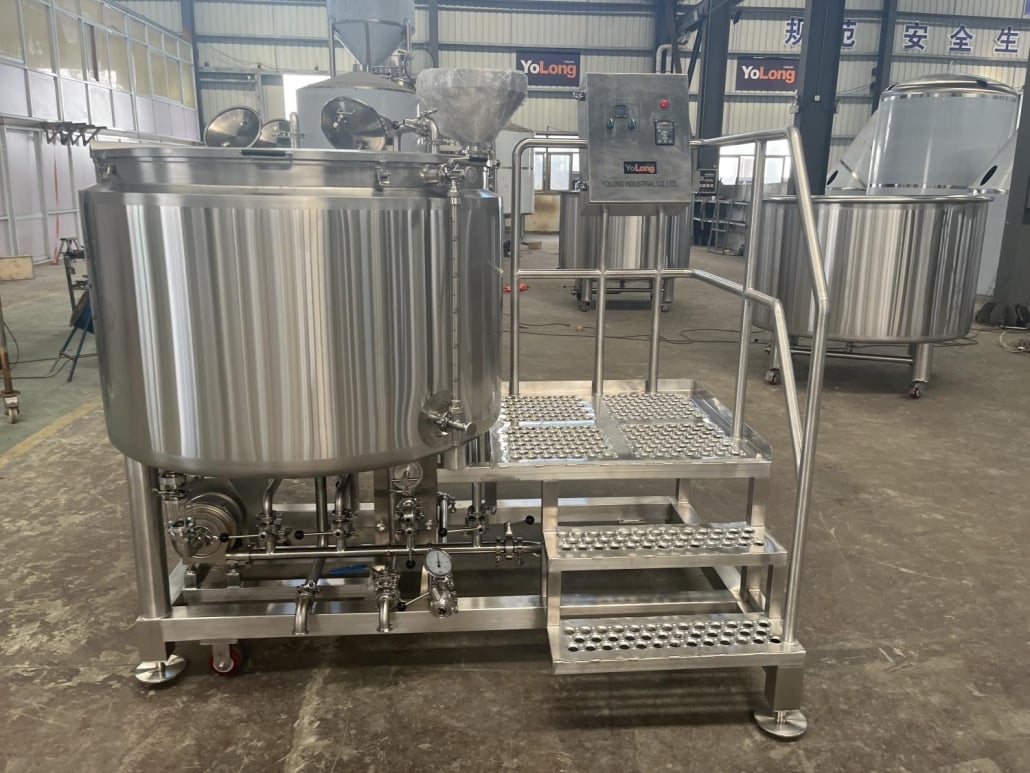
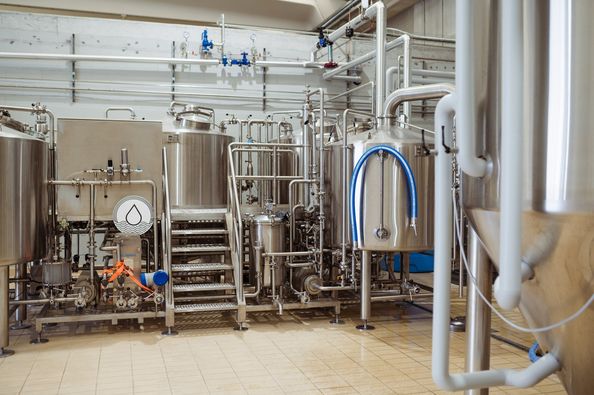
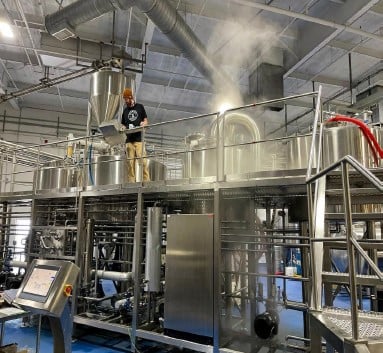
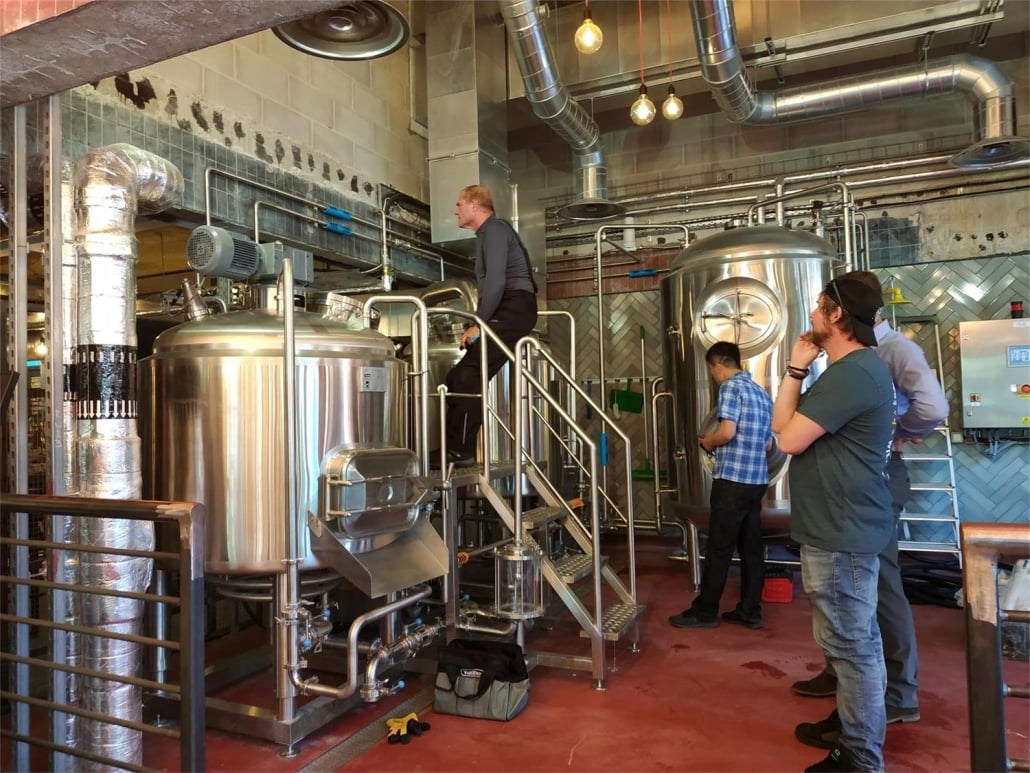
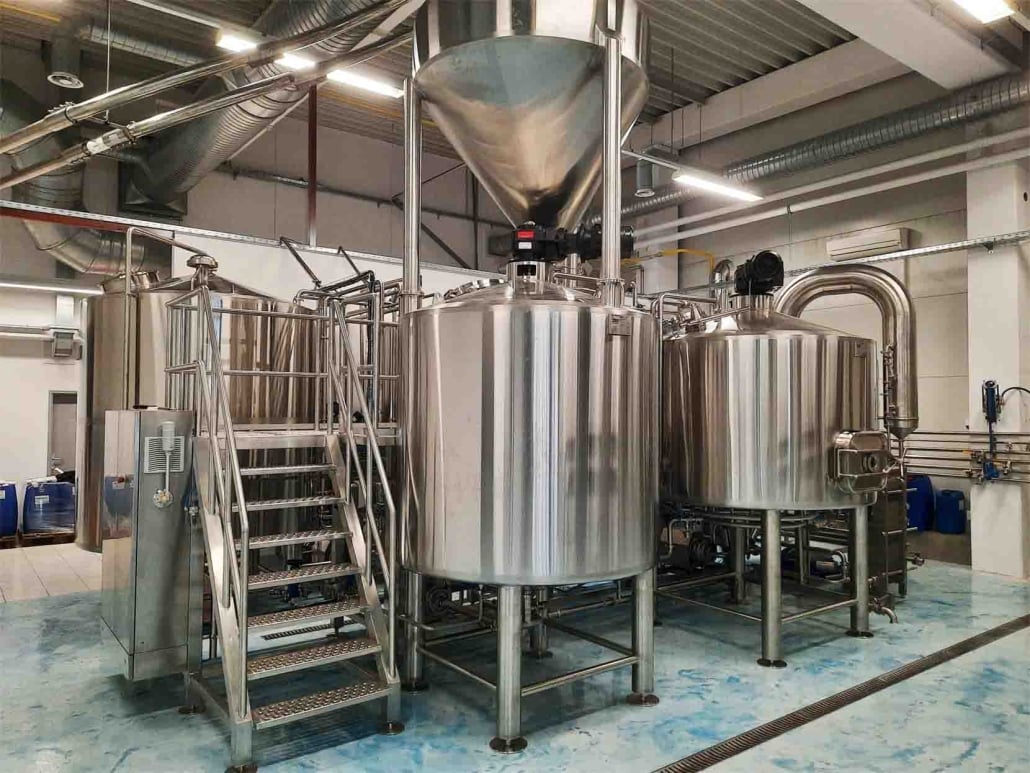
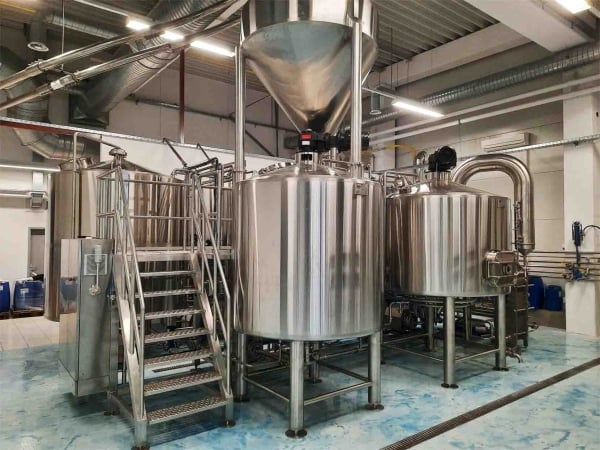
Choosing the Right Brewery Tank for Your Needs
Selecting the right brewery tank isn’t a one-size-fits-all process. Here are some factors to consider:
- Scale of Production: Are you brewing for personal consumption or a commercial operation? Smaller tanks suit homebrewers, while commercial brewers need larger, industrial-grade tanks.
- Budget: While stainless steel tanks are pricier, their durability and low maintenance costs make them a worthwhile investment.
- Space Constraints: Measure your brewing area carefully to ensure tanks fit without overcrowding.
- Brewing Style: Different beer styles may require specific tank features, such as pressure control or temperature regulation.
Tips for Maintaining Brewery Tanks
Proper maintenance is key to extending the life of your brewery tanks and ensuring the quality of your beer. Here’s how:
- Regular Cleaning: Use a Clean-in-Place (CIP) system to clean and sanitize tanks thoroughly.
- Inspect Seals and Valves: Check for wear and tear to prevent leaks or contamination.
- Temperature Control: Monitor and maintain optimal temperatures to prevent spoilage.
- Prevent Corrosion: Use appropriate cleaning agents and avoid abrasive materials.
- Routine Maintenance Schedule: Follow manufacturer guidelines for inspections and servicing.

Where to Buy Brewery Tanks
Purchasing the right brewery tanks can be daunting. Here’s where you can find quality options:
- Specialized Equipment Suppliers: These companies offer a wide range of tanks tailored to brewing needs. Examples include SS Brewtech and Blichmann Engineering.
- Online Marketplaces: Websites like Alibaba and Amazon have a variety of brewery tanks at competitive prices.
- Local Manufacturers: Supporting local businesses ensures quicker delivery and easier access to customer support.
- Used Equipment Dealers: For those on a budget, used tanks can offer great value if inspected thoroughly.
FAQs
| Question | Answer |
|---|---|
| What size tank do I need? | It depends on your production scale. Homebrewers may need 5-10 gallons; commercial brewers require 10+ barrels. |
| How much do brewery tanks cost? | Prices range from $500 for small tanks to over $10,000 for industrial-grade tanks. |
| Can I use regular tanks for brewing? | No, brewery tanks are specially designed for fermentation, carbonation, and hygiene. |
| What maintenance do tanks require? | Regular cleaning, inspections, and adherence to manufacturer’s maintenance guidelines. |
| How do I clean a brewery tank? | Use a CIP system with appropriate cleaning agents to ensure thorough sanitation. |
Share this entry
Interested in learning more about Brewing Systems including additional details and pricing information? Please use the form below to contact us!
YOLONG BREWERY EQUIPMENT FAQS
- Commercial Brewery / Craft Brewery / Microbrewery / Nanobrewery
- What is The Difference Between Craft Beer and Industrial Beer?
- The Bespoke Differences In Custom Brewing Systems
- Everything You Need to Know About Kettle Souring
- How to Choose Brewing Equipment for Your business?
- How To Choose The-Best Partner To Build Your Commercial Microbrewing System?
- Two Detection Sensors That You Need To Use In Your Brewhouse System
- Remote Control Applications in Brewing Equipment/How does it work?
- How To Clean Your Brand New Brewery Tanks?

